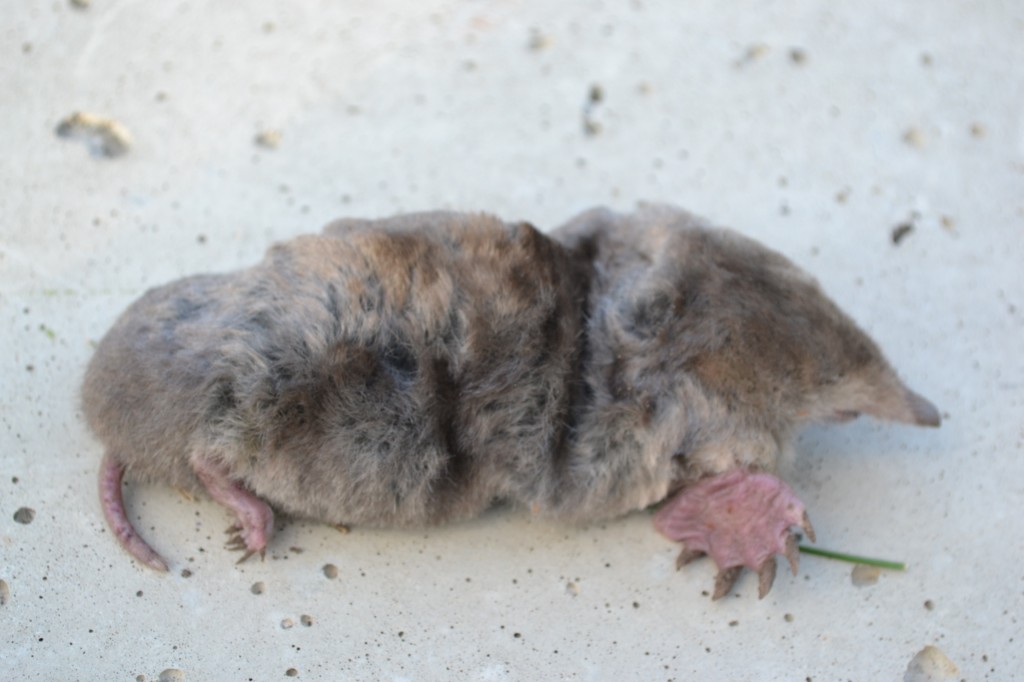Trying to stop critter damage is fairly easy, it you know what critter you are dealing with. In order to stop critter damage it might be necessary to set a live trap or spray repellents. In Iowa most of the critter damage is limited to: deer, rabbit, raccoon, possum and moles. Animals such as squirrel may cause some minimal damage to your lawn. The damage is usually nothing that won’t recover on its own. If you live in a rural area, you may experience damage from wild cats. Wild cats will tear open your garbage looking for food. Wild cats can also benefit your property by feeding on unwanted mice.
Stop critter damage to your property.
Deer- One of the most destructive pests that home owners face is deer. Deer will feed on trees, shrubs and other plant material. Deer love to feed on plants such at the arborvitae. Arborvitae can be considered the candy plant for wild deer. Deer will also rub up against the trunks of your trees. Deer will scratch and tear bark off of the truck of your tree. The damaged bark can lead to the disease or death of the tree. One way to minimize feeding on plants is to plant deer resistant plants in your landscape. You can also stop critter damage to plant material by spraying the foliage with a repellant.
Rabbit- Rabbit’s will also feed on low-lying foliage on plant material. There are repellents that are labeled for rabbit resistance. Another idea is to use chicken wire fencing to wrap your plant material in the winter months. Most all feeding damage done to plant material is done in the winter when there is snow cover.
Raccoon- In order to stop critter damage caused by a raccoon, it may be necessary to trap the animal. Live traps are the best way to catch raccoons. If you bait the trap with a can of sardines, you will almost always catch a raccoon or possum. Raccoon’s will tear up sections of your lawn looking for food. The damage can be quite extensive if it is not caught right away.
Moles- Moles can be stopped through the use of mole traps. See these related blogs for more details. Moles Part 1 Moles Part 2 Moles Part 3

